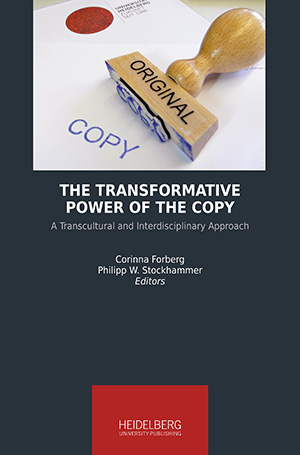How to Cite
License (Chapter)

This work is licensed under a Creative Commons Attribution-ShareAlike 4.0 International License.
Identifiers (Book)
Published
Copying the World's Emperor: Dinglinger's Great Moghul and the French Model of Absolute Power
Abstract The kings and princes of late seventeenth- and early eighteenth-century Europe were steeped in the desire for absolute power. The most ambitious and successful ruler among them was Louis XIV. In Asia, Aurangzeb, the acting Great Moghul, was known as his equivalent. Both used the potential of courtly representations not only to illustrate, but to legitimize their claim to power. In order to document their grandeur and immortality, they let pictures of themselves be distributed; some images of the Great Moghul even reached Europe, where they were copied for travel literature. Johann Melchior Dinglinger, goldsmith at the court of the Elector of Saxony and King of Poland Augustus the Strong, used those images spread via print media to create his masterpiece The Throne of the Great Moghul. Dinglinger’s aim was not to exhibit an exact effigy of the historical Great Moghul Aurangzeb and his splendid court, but to depict absolute power. However, the absolute monarch is inimitable. This article pursues Dinglinger’s strategy to meet the problem of how to imitate the inimitable. For this, he used both formal and stylistic devices and imperial concepts of representation. The latter included Dinglinger’s presentation of his cabinet piece to the king, which became a key moment in the understanding of the art work. It was that moment when Augustus the Strong’s desire for absolute power was satisfied, comparable to the situation when the transubstantiation of Louis XIV in juxtaposition with his portrait took place, as described by Louis Marin in his thesis on the portrait of the king. Ultimately, Dinglinger applied the practice of copying in order to erase the original.
Keywords Copy, inimitability, Johann Melchior Dinglinger, Louis XIV, Louis Marin






